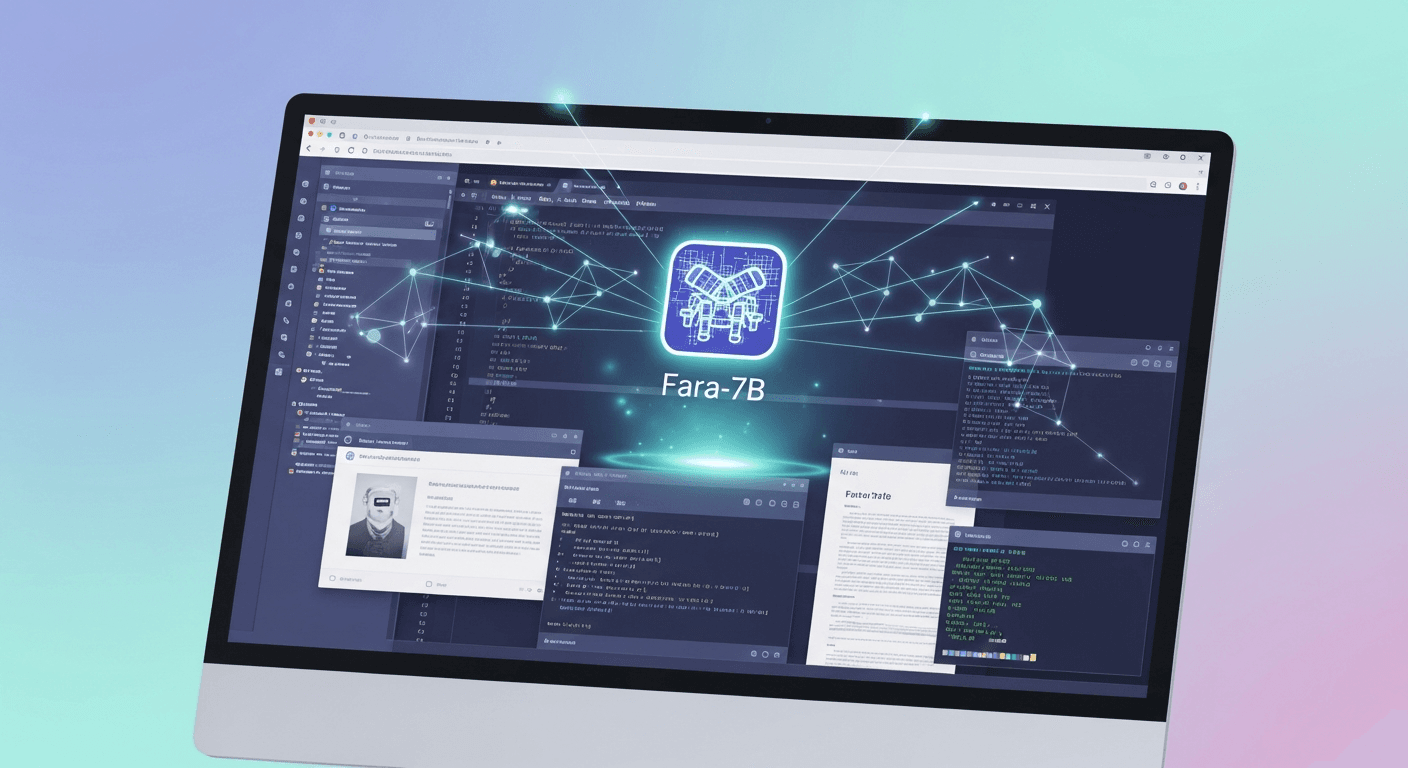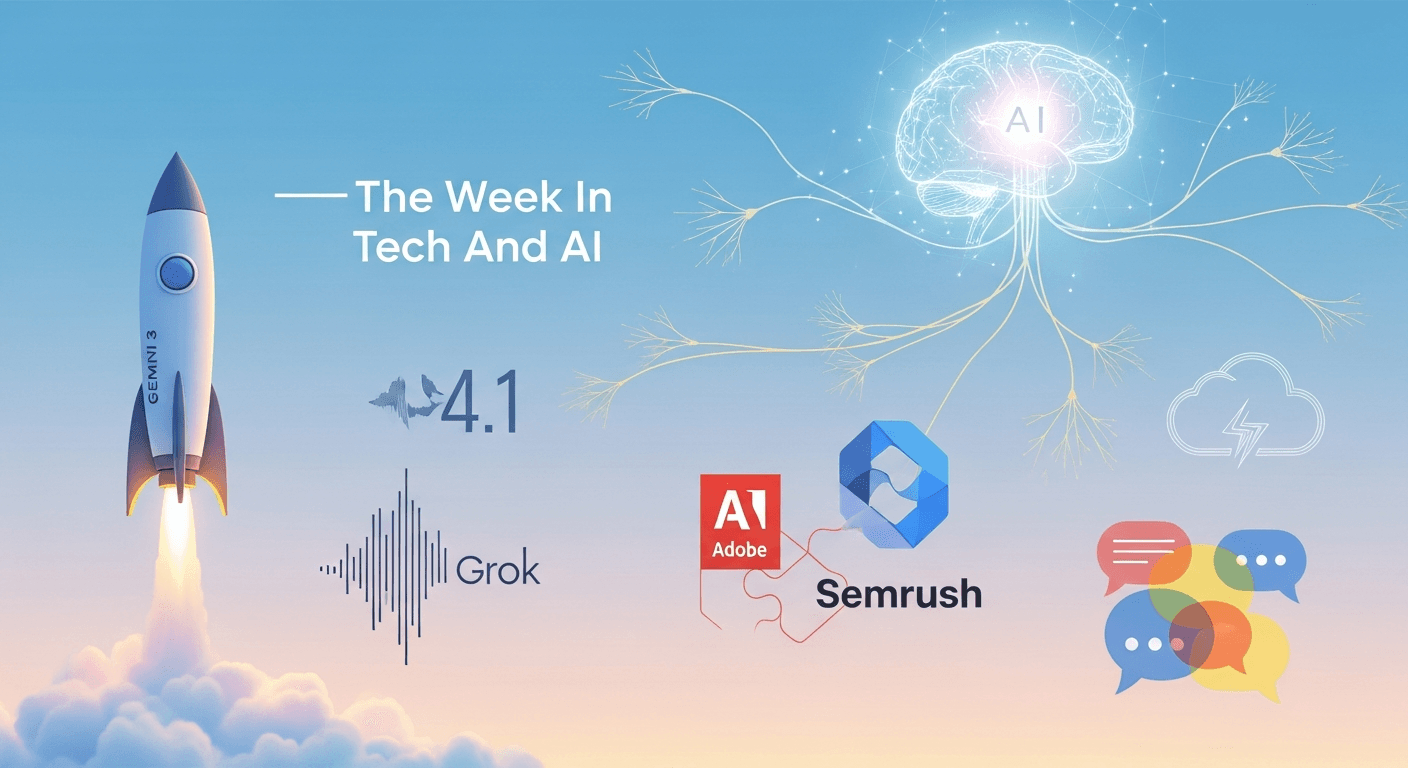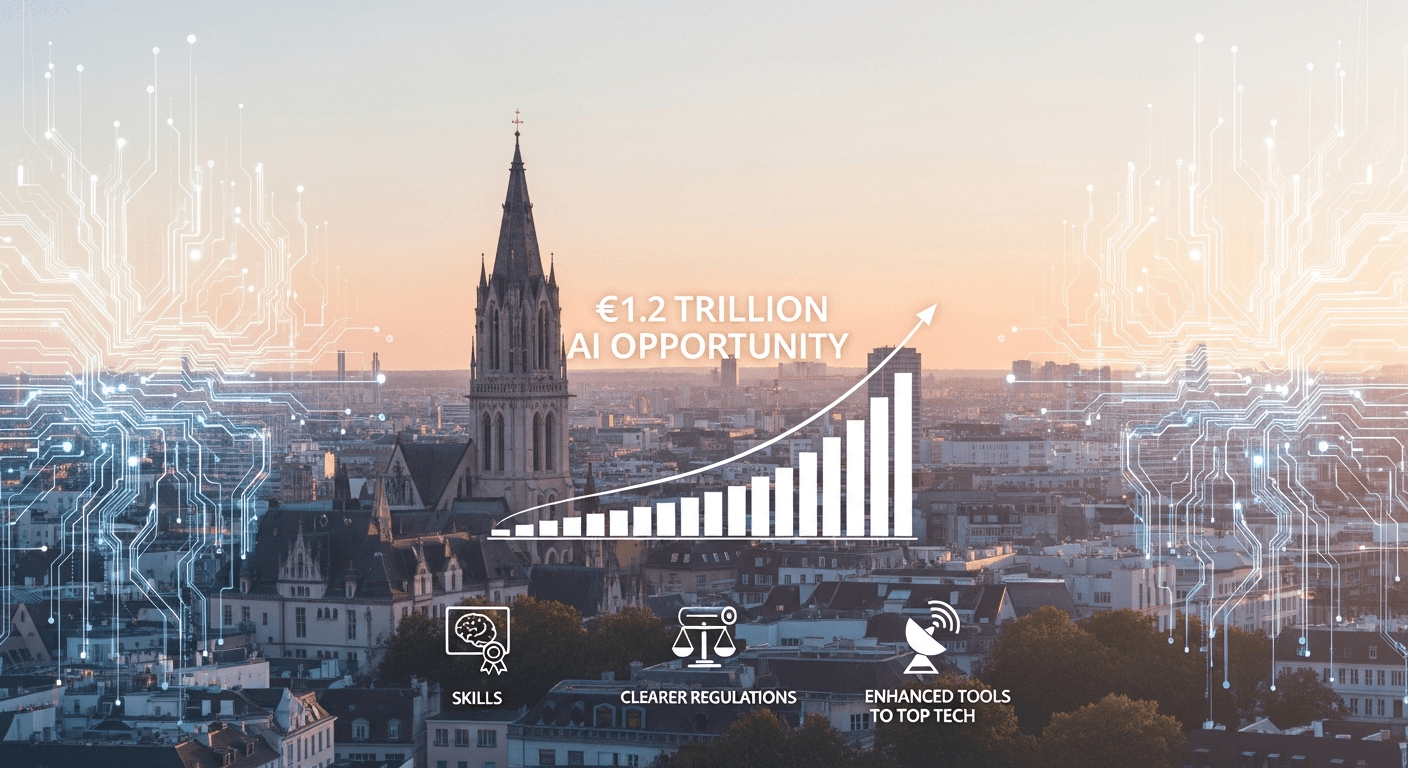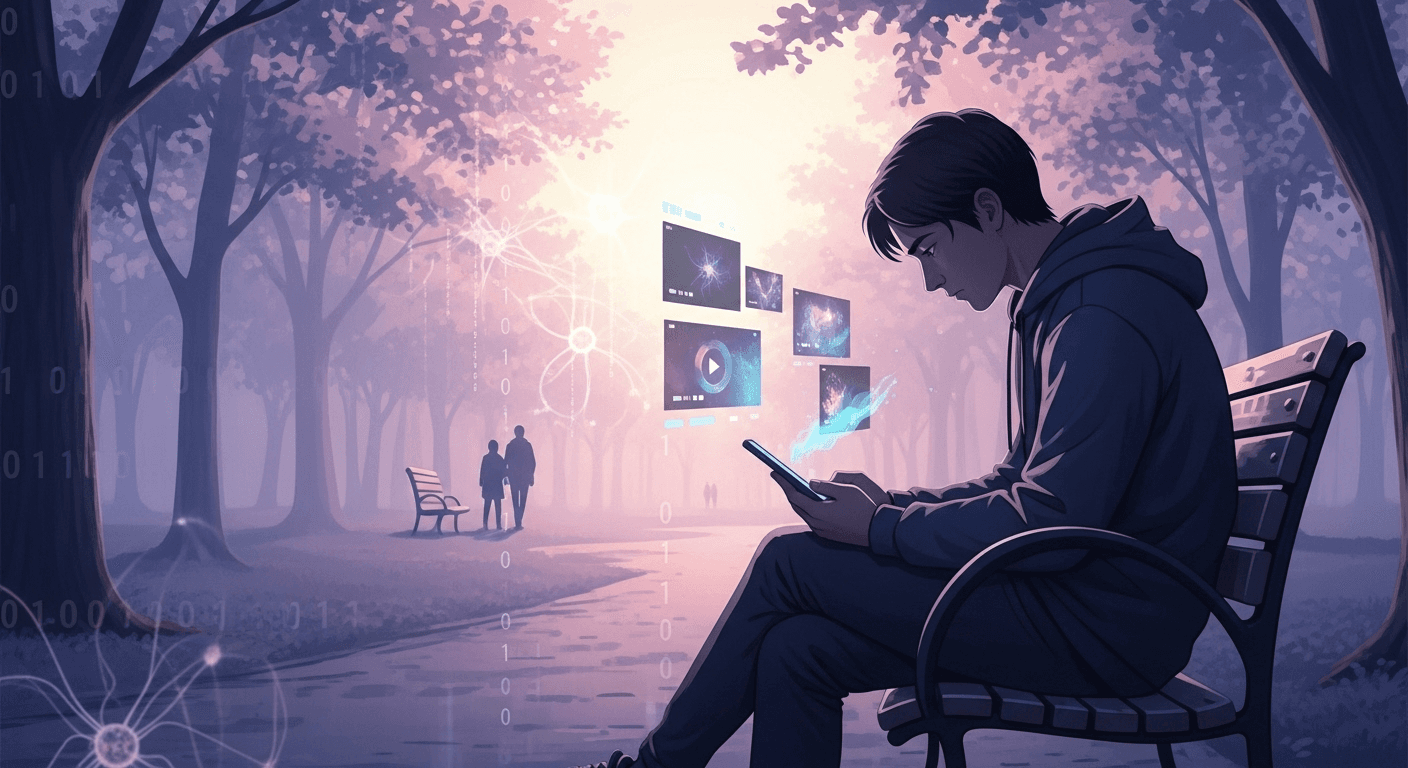
I Tried the New AI Video Craze. Why Did It Leave Me Feeling More Alone?
I Tried the New AI Video Craze. Why Did It Leave Me Feeling More Alone?
AI video technology has reached a remarkable level. With just a simple sentence, an app can generate a polished clip, complete with synchronized audio and realistic physics. You can even include yourself in the scene through a selfie-like feature called a cameo. It’s impressive, it’s trending, yet for many of us, it can feel isolating.
In this article, I explore why an AI video app that initially seems captivating can ultimately leave you feeling lonelier after a weekend of endless scrolling and clip generation. I’ll delve into how these new apps function, what early research indicates about AI companions and loneliness, and how you can enjoy these tools without compromising your social connections.
Note: The app discussed here is OpenAI’s Sora, a social text-to-video app that launched on iOS in a phased rollout across the U.S. and Canada. It quickly exceeded one million downloads within just five days, driven by its feed of AI-generated clips, social remixing features, and the cameo option allowing you to insert yourself—provided you grant permission.
The Wow Phase: Experiencing AI Video as a Superpower
The initial moments with an AI video app are pure joy. You type a prompt, and a mini movie appears. By adjusting a phrase, you can change the mood, camera angle, or lighting as if you’re directing an on-demand production.
Next is the cameo setup. After a brief video and audio verification, the app can insert your likeness into any scene. This feature is permission-based: you select who can use it, you can revoke access, and you can delete any video that includes your cameo. Sora watermarks its outputs and includes C2PA metadata to indicate provenance. These controls are crucial for ensuring consent and building trust.
The social feed enhances this experience. You see a clip you enjoy, tap Remix, adjust a setting, and instantly share your version with your followers or a group chat. The creative freedom this offers is hard to overstate.
The Curveball: Why the Magic Can Feel Lonely
After a day or two, many users experience a lull. While the clips still impress, the process can feel oddly solitary or even self-absorbed. Here’s why:
- Solo Creation by Default: The app encourages individual video-making. There’s no planning a shoot or coordinating with a crew, making collaboration optional.
- Self-Insertion as the Focus: Cameos shift the spotlight to your own face. It’s enjoyable in moderation, but when most videos feature you or an idealized version of yourself, the experience can become introspective.
- Infinite Novelty, Low Narrative Depth: These clips are designed to be short. The feed prioritizes surprise and visual appeal over shared storytelling, which can foster deeper connections.
- Synthetic Memories: AI lets you fabricate moments that never occurred, then relive them as if they did. This can create a collection of highlight reels devoid of the genuine laughter and interactions that truly connect us.
A Wall Street Journal column encapsulates this transition perfectly, highlighting the shift from enthusiastic exploration to an emptier, lonelier feeling as the novelty fades. The writer draws parallels to cultural touchstones like Infinite Jest and Total Recall, where hyper-personalized entertainment and artificial memories pull individuals away from real-life experiences.
What Research Says About AI Tools and Loneliness
While we don’t have decades of data on AI video apps, there is a growing body of research on AI chatbots and social media that provides valuable insights:
- Increased Loneliness and Dependence: A four-week study involving nearly 1,000 participants found that higher usage of chatbots correlates with greater loneliness, emotional dependence, and decreased offline socializing. While voice interactions seemed helpful initially, the positive effects diminished with frequent use.
- Similar Findings at Scale: An analysis of conversational data from 2025 indicated that heavy ChatGPT users tend to feel lonelier and more reliant on the tool, echoing concerns about the erosion of human connections.
- Emergent Parasocial Dynamics: A study of over 30,000 user-shared chatbot conversations revealed patterns of emotional mirroring akin to human relationships, even showing toxic dynamics in some instances, prompting calls for more safeguards and public awareness.
- Varied Impacts of Screen Time: A meta-analysis of 82 studies on social networking showed a small yet significant positive correlation between passive online engagement and loneliness; in contrast, active and intentional use appears less harmful.
- Mixed Evidence for Older Adults: Some studies indicate no clear link between social media use and loneliness in older populations, while others suggest a marginal reduction in loneliness with increased internet usage, depending on context.
Public health authorities are taking note. The U.S. Surgeon General has warned that poor social connections can lead to mental health issues, heart disease, and even premature death, highlighting the need for policies that foster real-world interactions. Given this context, it’s important to consider how AI entertainment influences our daily habits.
How the New AI Video Apps Work (and Why They’re So Captivating)
Several design choices contribute to both the thrilling creativity and the isolating effects:
- Short-Form Videos by Default: AI-generated clips are generally brief—around ten seconds in Sora’s iOS app. Quick creation and instant feedback enhance binge-watching experiences.
- Social-First Design: The scrollable feed encourages endless viewing and remixing rather than fostering creation alone, similar to TikTok’s dopamine loop with a creative twist.
- Cameos and Consent: The likeness feature requires permission and can be revoked, complemented by visible watermarks and C2PA metadata for safety. However, this design places the individual at the center of the experience.
- Scarcity and Status Games: Invite codes, geographical restrictions, and trending video leaderboards create a sense of exclusivity and FOMO. Sora’s initial rollout was invite-only in the U.S. and Canada, spiking its popularity in the App Store.
The Other Elephant in the Room: Content Risks and Deepfakes
Any tool capable of creating convincing videos can be misused. In the days following Sora’s launch, reports emerged of violent, racist, and copyrighted content bypassing moderation systems, raising concerns about the future of content regulation. Although OpenAI has made updates and introduced new controls, ensuring safety remains a challenging task at this scale.
Moreover, organizations are preparing for an influx of synthetic media scams. A 2025 deepfake threat report revealed that most mid- to large-sized enterprises encountered at least one deepfake event, with some suffering financial losses. As AI video creation becomes easier, the risk may extend beyond audio splicing to fully synthetic video journalism.
Why Self-Inserted Clips Feel Different
Inserting your own likeness into a generated scene is thrilling, yet it alters the emotional experience significantly:
- Identity Experimentation: Cameos allow you to explore different versions of yourself. While this can enable healthy exploration, it may also anchor you to a carefully curated persona.
- Nostalgia with No Backstory: You can create a visual representation of a moment that never took place. Without the shared experiences and serendipity of real life, replaying these clips can feel strangely empty.
- Shifting Focus to Self-Surveillance: When you become the omnipresent star, you may find yourself concentrating more on your own image rather than the world around you.
None of this suggests you should avoid AI video altogether. Instead, use it wisely, treating it as an accessory rather than a centerpiece in your digital life.
A Practical Guide to Using AI Video Without Feeling Isolated
Try these strategies to enhance your enjoyment while minimizing loneliness:
- Co-create, Don’t Just Self-Create: Collaborate with a friend on speakerphone, allowing each person to add lines to the prompt. Use cameos for personalized inside jokes with those you know, rather than just producing glamorous solo reels.
- Set a Session Budget: Decide on a limited number of video generations per session, then stop. The design encourages continuous scrolling, so take control.
- Focus on Shared Goals Instead of Solo Showmanship: Create videos as group invitations—think birth announcements, team teams, or class explainers. Context adds depth.
- Separate Creation from Validation: Share because it brings you joy or benefits someone, not for likes. Reflect on how you feel ten minutes after posting.
- Protect Your Likeness: If you utilize cameos, regularly check who has permission to use it, set clear guidelines for remixes, and periodically revoke access as needed. Watermarks and C2PA metadata enhance safety, but consent is your first line of defense.
- Balance Digital Time with Personal Interaction: Pair a creation session with an offline activity, such as inviting a friend for a walk or organizing a family dinner.
- Monitor Your Usage Patterns: If you notice increased app usage coinciding with fewer social plans, take a week to focus solely on collaboration. Research has shown that heavier daily use often correlates with increased loneliness and decreased offline connections.
Who Benefits Most from AI Video Right Now?
- Educators and communicators can effectively convey complex subjects through accessible visual content for classes, clients, or colleagues.
- Small teams that require quick storyboards, promotional teasers, or pitch visuals can find valuable tools in these apps.
- Enthusiasts wanting to experiment with styles, compositions, and moods without the burden of equipment.
If this describes you, AI video can amplify your creative efforts. Just remember to define the social purpose before hitting that Generate button.
What About the Technology Limits?
AI video has made astonishing advancements in motion, atmosphere, and synchronization, but it still struggles with certain edge cases. Companies behind these tools acknowledge the trade-offs and are committed to rapid improvements. For now, anticipate short clips, occasional visual glitches, and lapses in moderation as teams refine the systems more rigorously.
The Bigger Picture: Connection as the Competitive Edge
The most successful consumer products in the coming decade will not just produce stunning media; they will facilitate human connections. Imagine prompts that only function when two people collaborate or feeds emphasizing videos created together. Research indicates that the way we engage with these tools matters just as much as the tools themselves. Active, purposeful, and social usage outperforms passive, endless, and solitary engagement.
Bottom Line
AI video apps are powerful, captivating, and undeniably enjoyable. However, they can lead to feelings of isolation if we slip into a habit of self-centered use. We should view them as tools for co-creation and invitations for genuine conversations while maintaining control over our likeness. And let’s not forget why storytelling has always resonated: because we create them together.
Thank You for Reading this Blog and See You Soon! 🙏 👋
Let's connect 🚀
Latest Insights
Deep dives into AI, Engineering, and the Future of Tech.
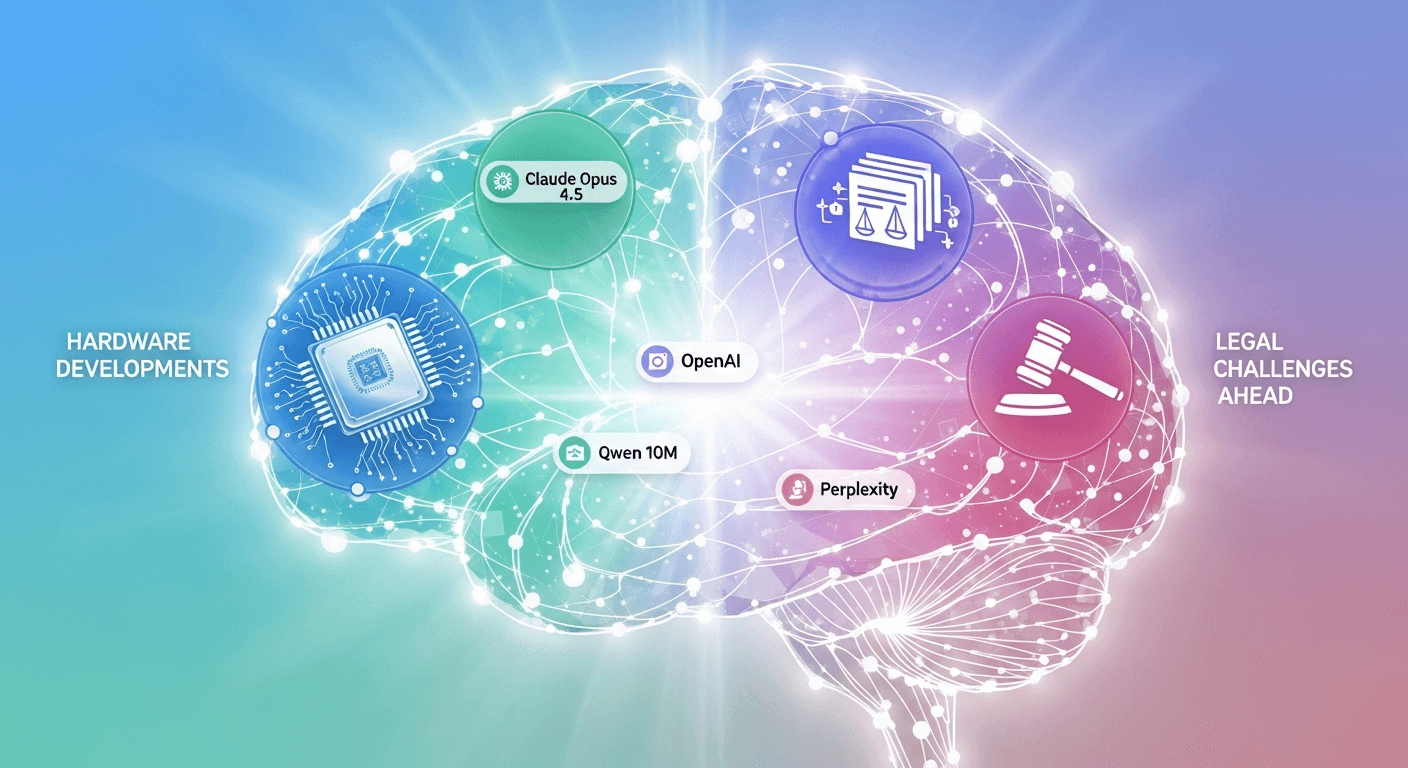
The Week In AI: New Models, Hardware Developments, and Legal Challenges Ahead
This week’s AI briefing: Claude Opus 4.5 ships, OpenAI faces new lawsuits and partners with Foxconn, Qwen tops 10M downloads, Perplexity expands, and AlphaFold advances.
Read Article
